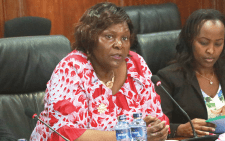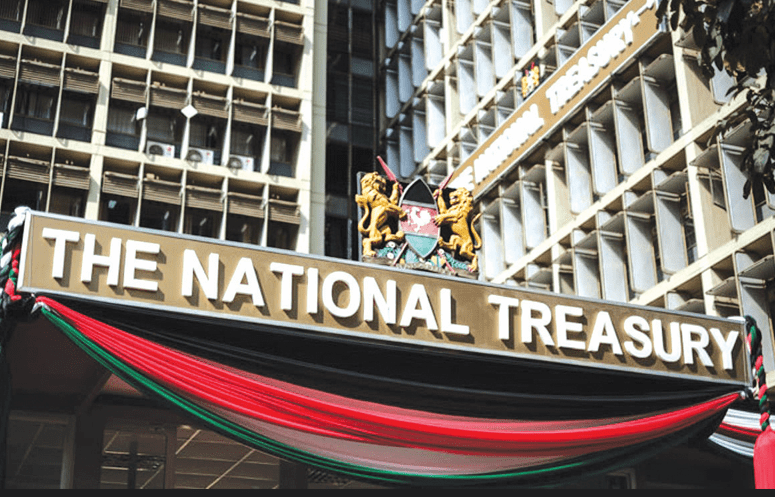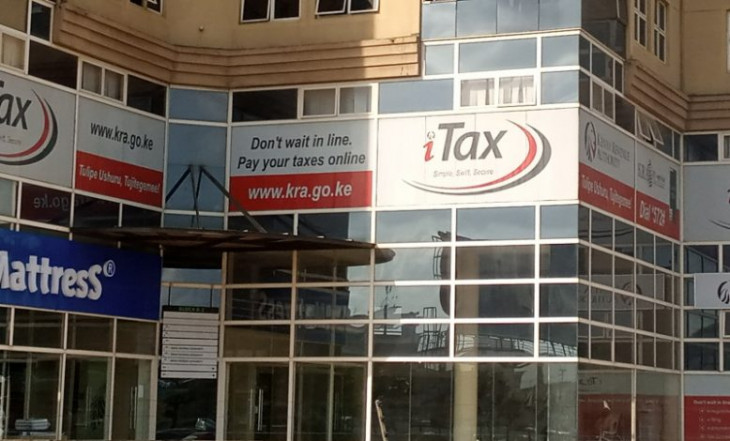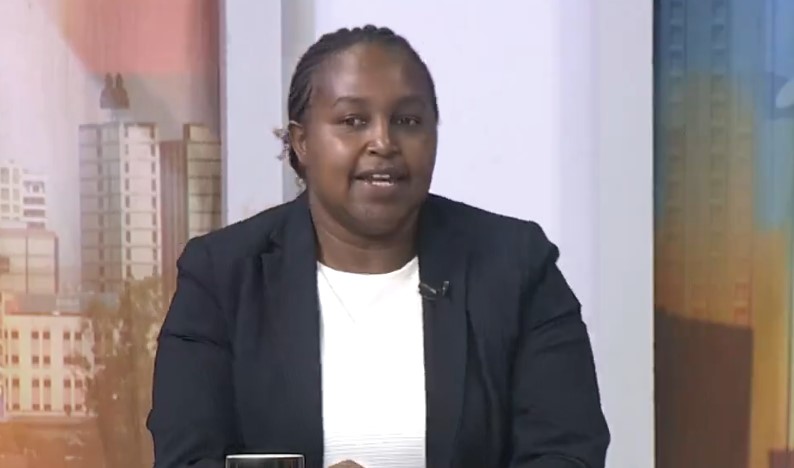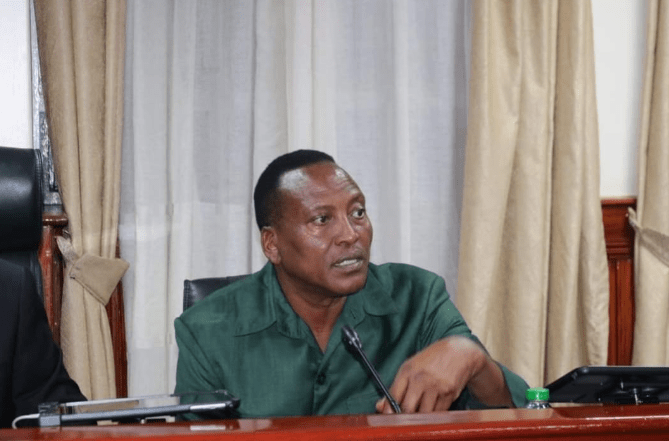Arid and Semi-Arid counties set to lose Sh17 billion
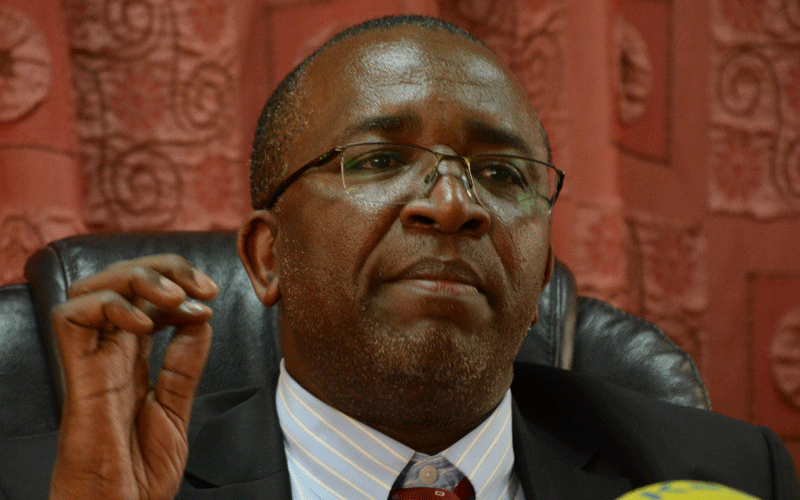
Eighteen marginalised and Arid and Semi-Arid (ASALs) counties are likely to lose close to Sh17 billion in a compromised formula for sharing of revenue among the 47 county governments.
Unlike the Commission on Revenue Allocation (CRA) proposal that gave significance to a county’s population, the new formula has given proportionate consideration to a county’s health status and its ability to raise revenue.
CRA had proposed the use of six parameters with population allocated the lion’s share at 45 percent, basic shareable revenue at 26 percent, 18 percent on poverty index and eight percent based on geographical size of a county, while one per cent will be based on the level of development in each devolved unit.
Kenya’s health sector has been assigned a weight of 15 percent. The agricultural sector has been allocated 10 percent weight, water has been assigned three per cent, and all other county functions have been assigned 18 percent.
Near fist-fight
The formula has sharply divided politicians, with those from counties with high populations throwing their weight behind it while politicians from counties with large landmass, but sparse population have vehemently opposed the formula, complaining that if adopted by the Senate, their regions will lose up to Sh15 billion.
Yesterday, members of the Senate Committee on Finance and Budget convened to strike a balance on the issue that almost degenerated into a fist-fight between those for the proposal against those opposed on the other side.
“A county population and its ability to collect revenue will play a significant factor in our proposal to the House,” Migori Senator Ochillo Ayacko told journalists shortly after the meeting that lasted for five hours.
“It will be interesting to watch the debate tomorrow as we discuss this matter which is equally emotive,” he added.
Dubbed the “Senator Mithika Lithuri formula”, the new prescription ensures that at least 29 counties gain while moderating 18 counties which are losing Sh1 billion each.
Fiscal prudence
In the new proposal the parameters of population and basic revenue share have been each allocated 20 percent, population at 16 percent, agriculture 16 percent, agriculture 12 percent, poverty 14, access to roads, seven, land mass, five, and Revenue effort and fiscal prudence at one percent.
Among the biggest losers in the new arrangement is Wajir County which is losing Sh2 billion, based on analysis of the Sh314 billion shareable revenues.
Others are Marsabit and Mandera, which will each, lose up to Sh1.9 billion.
Garissa (Sh1.6 billion), Tana River (Sh1.5 billion), Mombasa (Sh1.6 billion), and Kwale (Sh1 billion)
Narok (Sh981 million), Isiolo (Sh869 million), Kilifi (Sh859 million), Turkana (sh 547 million), Kitui (Sh432 million), Makueni (Sh423 million), Samburu (Sh403 million), Taita Taveta (Sh399 million), Tharaka Nithi (Sh338 million), and Vihiga (Sh239 million).
Makueni Senator Mutula Kilonzo, who is a member of the committee, has promised to rally his colleagues especially those from Arid and Semi-Arid Lands (ASALs) region saying it further marginalised the under-developed.
According to him, the new formula adopted by the committee favours the devolved units perceived to be comparatively richer and with huge populations.
“I will propose we make an amendment to reject the formula and revert to the old one that struck a balance between the perceived richer and poor counties,” Mutula Junior said in an interview with People Daily.
“Yes, we arrived as mini-conscious in which majority of the counties are benefitting and that proposal which has been agreed by members, in which I opposed, has 29 counties gaining while 18 are losing,” he added.
Populous counties
Among the biggest winners include Nandi county which has earned a whopping Sh1.3 billion of the shareable revenue.
Its neighbours Uashi Gishu and Nakuru county has also increased their revenue by Sh1.1 billion each.
The populous counties of Kiambu and Kakamega have been allocated Sh1 billion each in the new formula with Trans Nzoia receiving Sh 994 Million, Bungoma (Sh 926 Million), Kirinyaga (Sh762Million) and Bomet (Sh730 Million).
Others include West Pokot (Sh692 Million), Baringo (Sh663 million), Siaya (sh 586 Million), Migori (Sh574 million) and Kericho (Sh556 Million), Busia (Sh559 million), Machakos (sh 551 million), Laikipia (Sh523 Million) and Embu (Sh504 million).
